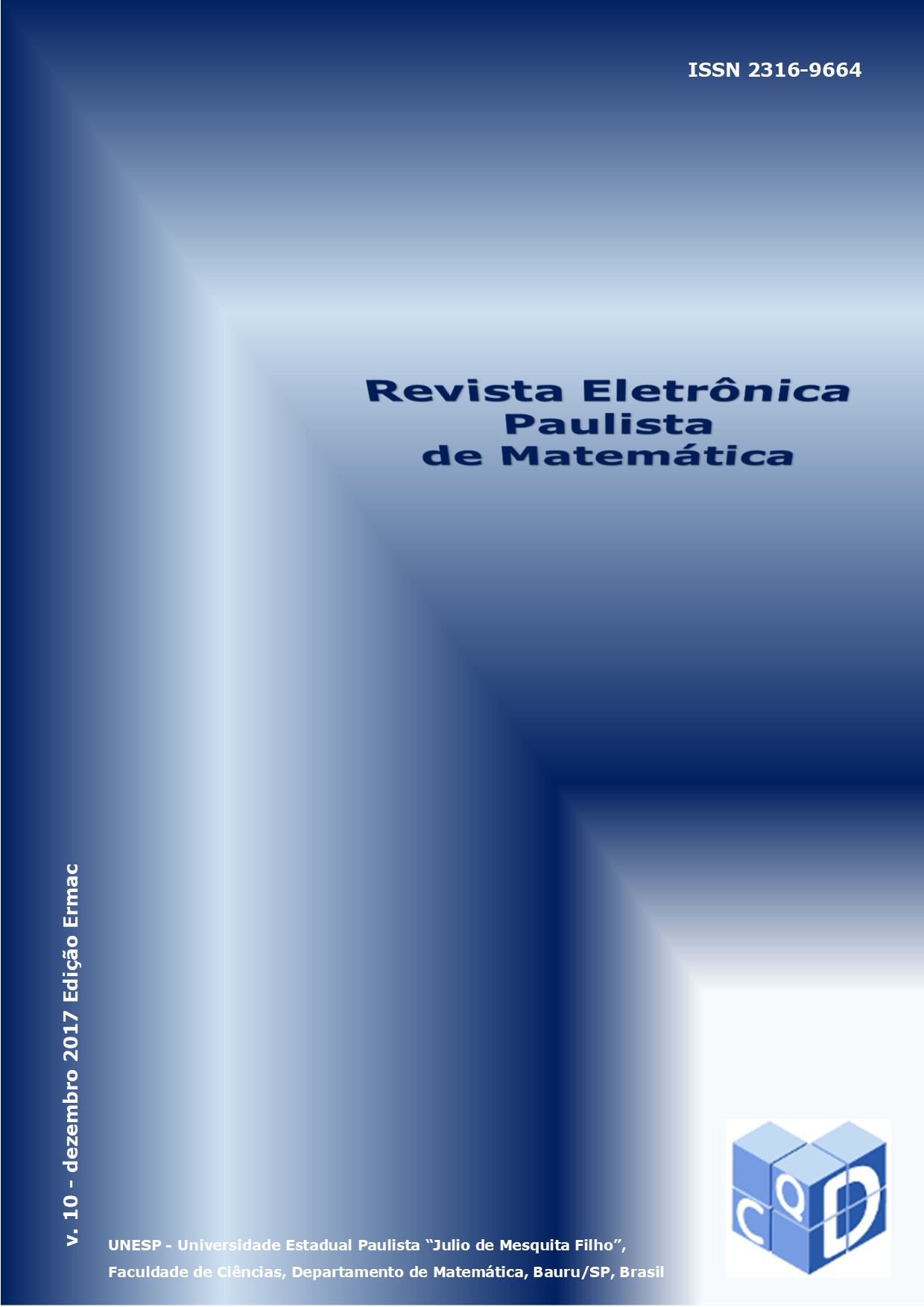Automatic construction of 3D models of arterial tree incorporating the Fahraeus-Lindqvist effect
Keywords:
Coronary arterial tree, Fahraeus-Lindqvist effect, Computational modeling, Effective admittance.Abstract
Arterial tree models have been successfully used to obtain a better understanding of all aspects hemodynamics of clinically relevant regions of the human body in order to diagnosis and applications in surgical planning. Basically, the models can be classified into: anatomical, lumped parameter, fractal and optimized. This work focuses on the generation of 3D optimized models based on Constructive Constrained Optimization (CCO) method equipped with a model to account for the Fahraeus Lindqvist effect, which indicates that the blood viscosity depends on the diameter of the vessel and discharge hematocrit through a nonlinear function. In this work, data morphometrics from models are compared with those of real coronary trees and the effective admittance of the models is investigated.
Downloads
Published
How to Cite
Issue
Section
License
Copyright (c) 2022 C.Q.D. - Revista Eletrônica Paulista de Matemática

This work is licensed under a Creative Commons Attribution 4.0 International License.


